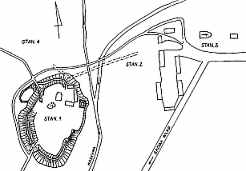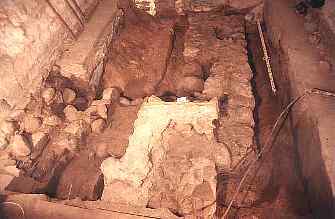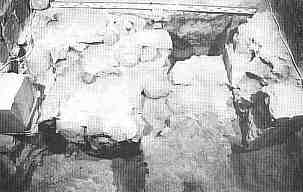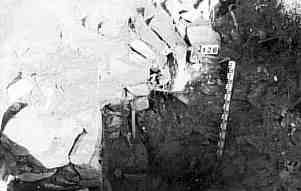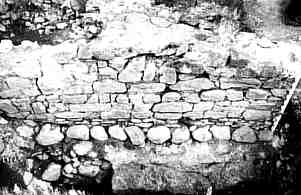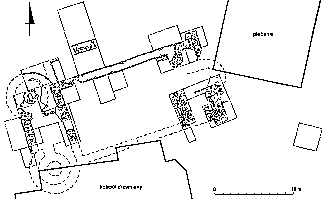
Teresa Krysztofiak
Newly-discovered romanesque architectural
relics at Giecz

This contribution presents the results of the recent excavations carried out in the vicinity of two relics of Romanesque architecture at Giecz, in the wielkopolskie vojevodship, namely by the church of St Nicholas in the market settlement outside the stronghold (site 30 and near the church of St John the Baptist sited in the northern part of the stronghold.
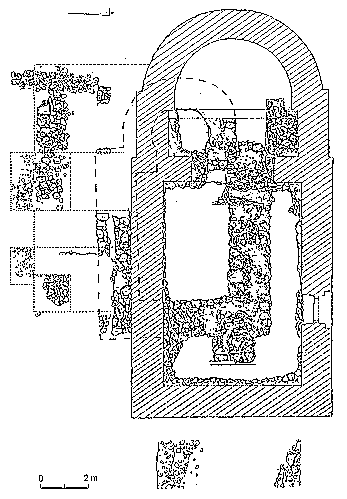
The church of St Nicholas built of granite blocks is situated in the middle of the market settlement and was built at the turn of the 12th and 13th centuries. It is an aisle-less structure with a short presbytery ending in an apse. The archaeological excavations carried out here (1993–1998) were rescue excavations conducted in connection with conservation work on the building.
During these excavations, almost the whole of the interior of the site was explored (with the exception of the apse), and part of the area outside on the north and west. As a result the foundations of an earlier phase were uncovered to a larger extent than in previous excavations. This allowed the verification of the hypothesis (B. Kostrzewski 1956) of three constructional phases of the church. It was shown that the two phases proposed earlier should be linked into one earlier construction phase. The plan uncovered in the recent excavations also differed from that proposed as a result of the earlier excavations. The earlier church was on the same alignment as that which replaced it, but situated slightly more to the north. It was an aisle-less church 7×8 m, terminated at the east with a semicircular (horseshoe?) apse of internal radius 2.5 m. Later grave cuts rendered the stratigraphy difficult to determine, but the foundations of the earlier church cut settlement features of the end of the tenth century and were earlier than the 12/13th century construction of the church still standing. The manner of construction of the foundations allows us to suggest that they were laid in the (second half of the) eleventh century. There was a considerable difference in building materials and mortar of the upper and lower portions of the eastern part of the foundations. It was also noticeable that the wall was not raised directly over the foundations. These observations suggest that there had been an earlier structure (though we cannot say if it had been completed). Unfortunately the limited area examined does not allow an unequivocal confirmation of this hypothesis though perhaps analysis of the mortars may bring us closer to a resolution of this problem.
Most probably another structure abutting the external face of the western wall of the nave should be linked with the later church.

|

|
Rezerwat Archeologiczny – Gród Piastowski w Gieczu Grodziszczko 2, 63–012 Dominowo |
|
